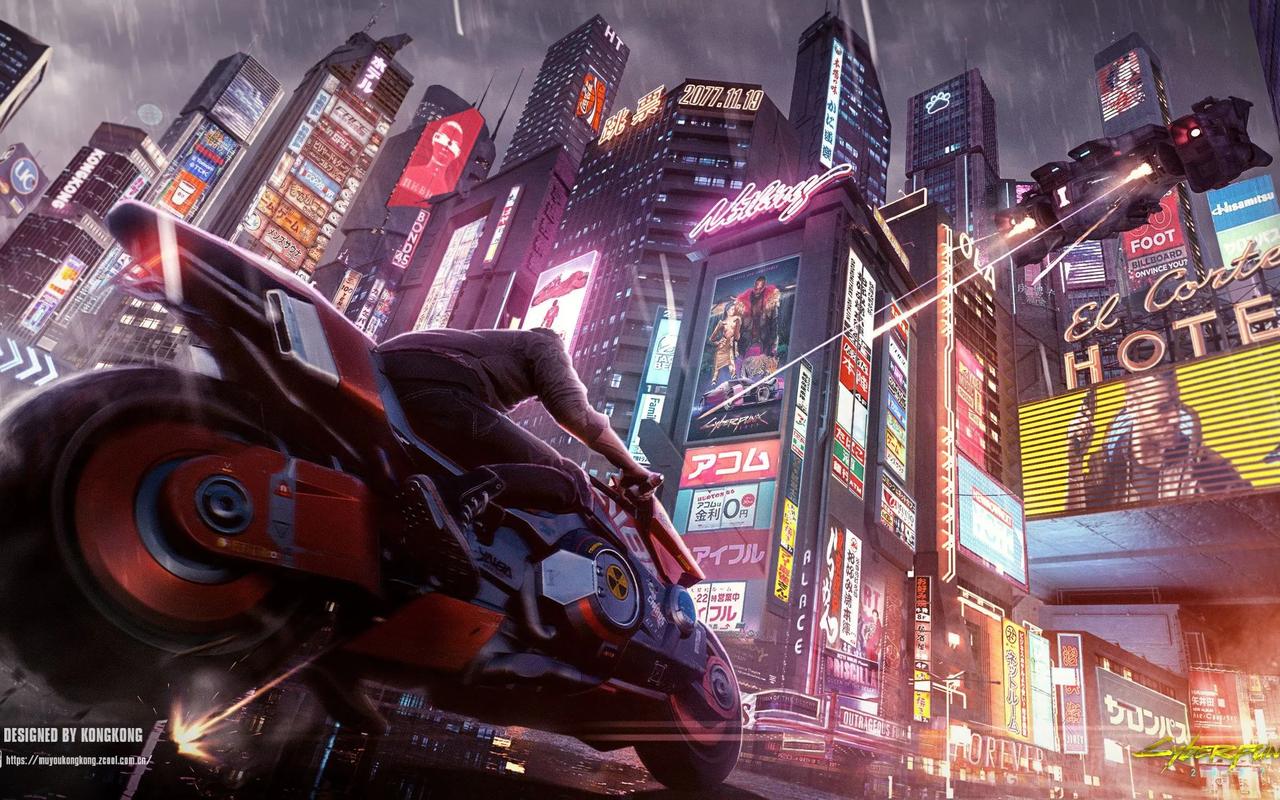The flickering campfire casts long, dancing shadows. It is a fragile beacon in an infinite blackness, a temporary sanctuary from the things that stalk the night. This is the campfire in the realm of The Entity, the heart of Dead by Daylight, and a perfect metaphor for the game itself: a small, desperate light of hope surrounded by an overwhelming, predatory horror. Since its release in 2016, Dead by Daylight (DbD) has not merely survived; it has thrived, evolving from a compelling indie concept into a monolithic pillar of the horror genre. Its legacy is a complex tapestry woven from the threads of asymmetrical design, a profound reverence for horror, and an uncanny ability to unite a fractured community of fright fans under the banner of a single, terrifying game.
The genius of Dead by Daylight lies in the brutal elegance of its 4v1 asymmetrical premise. Four Survivors, third-person perspectives focused on cooperation, objective completion, and desperate flight. One Killer, a first-person force of nature focused on hunting, sacrificing, and instilling pure dread. This is not a balanced fight in the traditional sense, nor should it be. The asymmetry is the entire point. It creates two fundamentally different, yet equally intense, psychological experiences.
For the Survivor, the gameplay is a masterclass in sustained anxiety. The initial moments of a match are often quiet, punctuated only by the thrum of generators and the distant chirp of crows. This quiet is a weapon. It breeds paranoia. Every shadow could be the Shape. Every whisper of wind could be the Wraith’s bell. The shift from calm to chaos is triggered by a single heartbeat—a throbbing, rhythmic auditory cue that is one of the most effective tension-building mechanics ever designed. As it grows louder and faster, the player’s own heart rate often follows suit. The ensuing chase is a primal test of skill, knowledge, and luck. It’s not about fighting back; it’s about outsmarting, outmaneuvering, and surviving just a few seconds longer. The helplessness is palpable and is the core of the Survivor’s horror.
For the Killer, the experience is one of oppressive power laced with immense pressure. You are the monster, the star of the show. Yet, you are also outnumbered. Your role is that of a predator and a manager, simultaneously. You must control the map, pressure generators, and corral four individuals who are all trying to undermine your goals. The horror here is different—it’s the fear of failure, of being outplayed, of becoming the subject of taunts at the post-game campfire. It’s the frustration of a well-coordinated team and the immense satisfaction of a perfectly executed strategy. This dual perspective ensures the game remains perpetually fresh, as mastering one side only deepens the understanding of the other.
Beyond its mechanical brilliance, Dead by Daylight’s most significant achievement is its role as a modern horror museum, a digital hall of fame. Developer Behaviour Interactive made an audacious decision early on: to transcend original horror and embrace iconic licensed characters. This was not a mere cynical grab for brand recognition; it was a act of profound fan service and curation.
The game has become a crossroads where the most terrifying figures from our collective nightmares converge. Here, the original monstrosities like the Hag and the Nurse hold their own alongside legends like Laurie Strode and Michael Myers from Halloween—a pairing that finally allowed players to authentically recreate the cat-and-mouse terror of the original film. Freddy Krueger from A Nightmare on Elm Street could hunt survivors in his own twisted dream world. Leatherface from The Texas Chain Saw Massacre brought brutal, visceral chaos. Pinhead from Hellraiser arrived with complex new mechanics true to the Cenobites’ nature. The Demogorgon from Stranger Things opened a gate to the Upside Down within the Entity’s realm.
Each addition was a seismic event, a love letter to a different corner of the horror fandom. DbD didn’t just feature these characters; it treated their source material with respect, meticulously adapting their aesthetics, sounds, and mechanics. For horror enthusiasts, playing DbD is like stepping into a living, breathing compendium of the genre’s greatest hits. It allows for crossover fantasies that were previously possible only in fan fiction: watching Nemesis from Resident Evil square off against Ash Williams from The Evil Dead over a struggling Survivor is a uniquely glorious and absurd spectacle that only this game could facilitate.

The legacy of Dead by Daylight is still being written. It has fostered a massive, dedicated community, spawned a thriving competitive scene, and continues to receive updates that rebalance, refresh, and expand its world. It has weathered meta shifts, server issues, and community disputes, emerging stronger each time. Its success has undoubtedly inspired a wave of asymmetrical competitors, but none have managed to capture its specific alchemy of tension, reverence, and accessibility.
Ultimately, Dead by Daylight’s campfire is more than a lobby; it is a gathering place. It is where fans of slashers, psychological thrillers, supernatural tales, and cosmic horror come together. It is a testament to the universal language of fear and the joy we find in confronting it, whether from the perspective of the helpless final girl or the unstoppable killing machine. It cemented the asymmetrical horror genre not as a niche novelty, but as a mainstream staple. In the pantheon of video game horror, Dead by Daylight stands not as a fleeting jump-scare, but as a enduring nightmare—a timeless, evolving, and deeply influential legacy written in blood and generator sparks.















